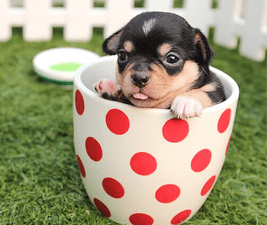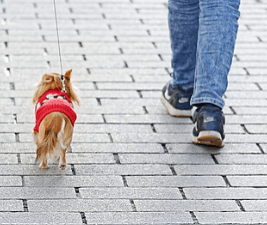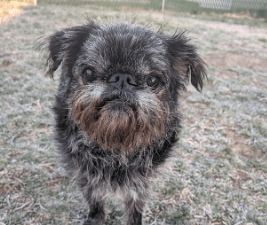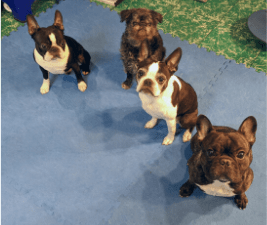The truth about “teacup” dogs is: there’s no such thing. It’s a deceptive marketing name for unhealthy, poorly-bred “runts.”
Our shop specializes in stuff for small dogs – up to 30 lbs. We had some trouble finding dog gear to fit the tiniest dogs, but we did it. Supporting all small dog owners is our mission, and we know that mission includes telling the truth about all dogs. The truth is, “teacup” dogs, produced on purpose, are a scheme to take money from people who make emotional decisions.
The pictures are adorable – tiny puppies posed in actual tea cups. It’s probably how the trend started. We know several reputable breeders who take pictures of new puppies in cups and post them. It’s just darling. But it’s a moment captured in time. These particular puppies wouldn’t fit in the cups a week later. And no healthy adult dog should be able to.
Truth hurts
Humans are genetically programmed to like and protect cute little things. That’s why babies are taken care of. They’re a lot of work, without much return. Especially at first. It’s why we all say “Awww, so cute” when we see pictures of tiny little puppies. And our love for small, cute things makes us want them to stay small and cute forever.
The problem is that most cute, small puppies grow up to be dogs. We have neighbors that fell for a cute little Husky puppy in a pet store. The kids carried him around, doted on him. And then he grew up into a Husky and has lived in their backyard, howling, for years.
So while we understand the attraction of a cute little dog that stays little, how little is small enough?
How small is too big?
The smallest of the toy dog breeds are probably the Chihuahua and the Yorkshire Terrier. According to their U.S. breed clubs, which are the guardians of their breeds, the optimal size for a Chihuahua is under six pounds, for a Yorkie the standard says not bigger than seven pounds.
Isn’t that small enough for anyone? Especially when you consider the health risks associated with dogs under two pounds:
- Hydrocephalus (water on the brain)
- Liver shunts
- Heart defects
- Collapsing trachea
- Seizures
- Hypoglycemia
- Broken bones
Veterinarians will also tell you that treating a tiny dog is more difficult. Imagine the size of the needle to give a “teacup” dog an IV. Not to mention finding a viable vein.
Don’t leave them
One of the reasons people want teeny dogs is so they can take them wherever they go. As too many “teacup” owners have discovered – the dog has to come along. If they miss a meal, they can pass out and die from hypoglycemia. They’re too small to store the nutrients they need. It’s one thing to want a companion dog. It’s another to be permanently tethered to a dog 24/7.
We mentioned that no reputable breeder is deliberately producing “teacup” dogs. Every breed of dog varies in size, and some puppies are unusually small or large. Just like people. Even within a family, height varies among siblings and cousins. A responsible breeder will make sure that unhealthily tiny puppies are never part of their breeding programs. And that these pups find pet homes aware of the possible issues these dogs may have, and are prepared to deal with them.
Buyer beware
If you’re wealthy and have staff, like a celebrity we can think of who seems to have a new tiny dog often, you can cope with the demands of a “teacup” puppy.
If you’re a real person, beware. There’s no such thing as a “teacup” dog. It’s clever marketing to drive up prices for the runts that used to be given away. And anyone who is breeding “teacup” dogs on purpose doesn’t care about the health of the puppies they produce. They know that suckers will buy them. By the time health issues crop up, those buyers love that puppy. That’s why these unscrupulous breeders’ “Health Guarantee” often includes a clause that allows return of an unhealthy dog for consideration in a future litter. Return? Most people couldn’t do it.
Truth about teacup dogs
The truth is that some dogs are small. Some are tiny. And while every dog deserves a loving home, we cannot encourage people to open their hearts to a teacup dog. Wouldn’t a six pound dog be just as wonderful?












